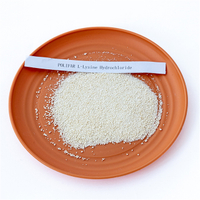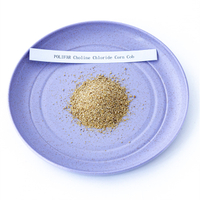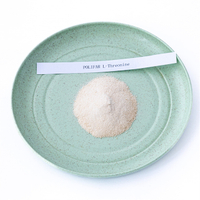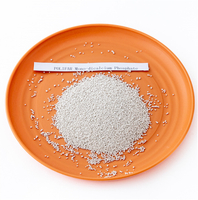Views: 0 Author: Site Editor Publish Time: 2023-10-20 Origin: Site








Broiler leg disease is an important welfare and economic problem in the poultry industry. It is estimated that mortality and culling numbers due to leg anomalies account for 0.10% to 0.30% of total losses. Leg disease and broiler chicken activity are affected by many different bone, tissue and nerve diseases, as well as other factors. For example, deficiencies and excesses of certain essential nutrients play an important role in various leg deformities in birds. This article explores the factors affecting the health of broiler chicken legs from a nutritional perspective.
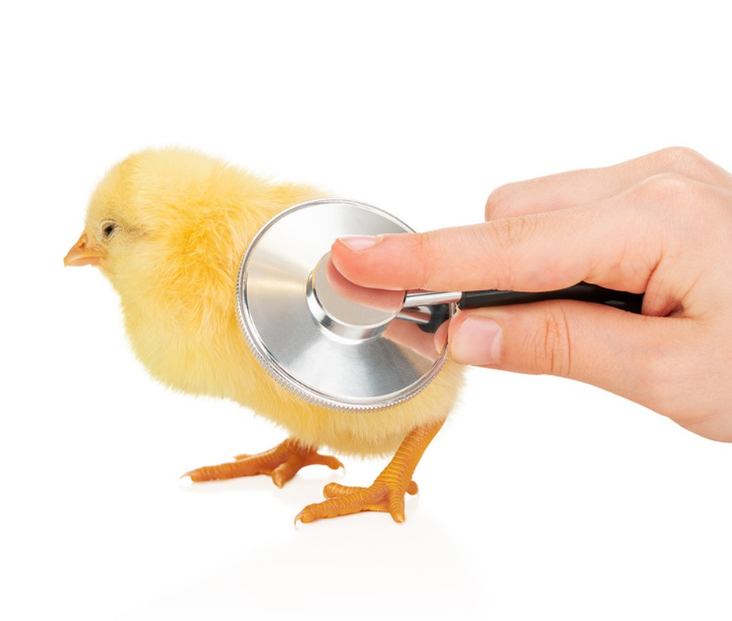
1. The role of vitamins
Broiler feeds are often supplemented with minerals and vitamins to avoid nutritional deficiencies. However, the relevant nutritional standards are the minimum required values obtained under experimental conditions. Most vitamins in commercial feeds are added in excess to meet higher demands under actual feeding stress conditions and to compensate for losses that occur during feed processing and storage.
1.1 Vitamin D
Most ingredients in broiler feed contain little or no vitamin D. Therefore, vitamin D is often added to feed in a synthetic form. Vitamin D3 is used as a nutritional supplement since vitamin D2 is only 10% as effective as D3 in poultry. Quantitative vitamin D3 requirements for chicks are usually based on bone mass measurements. Such as ash content or rickets incidence, these are often considered to be more sensitive indicators than growth rate. When dietary calcium and available phosphorus concentrations are sufficient, the vitamin D3 requirement for cortical bone mass of 14-day-old broiler chickens is 35 ~ 50 μg/kg. After 14 days of age, the feed quality requirement for cortical vitamin D3 decreases to less than 20 μg/kg. These requirements are much higher than earlier estimates and may be related to the higher calcium requirements of modern broiler genotypes.
Vitamin D metabolism in broiler chickens is a complex process involving several metabolites. Vitamins D2 and D3 are absorbed through the small intestine and transported through the blood to the liver, where they are converted to 25-hydroxycholecalciferol [25-(OH)D3], the main circulating form of vitamin D3. 25-(OH)D3 is then transported to the kidneys where it is converted to 1.25-dihydroxycholecalciferol, the most biologically active hormonal metabolite of the vitamin. Stress conditions (e.g. high density, heat stress, mold poisoning, enteritis) may impair cholecalciferol absorption or hepatic hydroxylation, which is a rationale for the use of vitamin D metabolites in broiler feeds. At low calcium levels, 25-(OH)D3 appears to be more effective in reducing rickets incidence than at sufficient calcium levels, but without adverse effects on growth rate or feed efficiency.
1.2 Vitamins A and E
Calcification and skeletal dysplasia in broilers deficient in vitamin A. But modern broilers are rarely deficient in vitamins because the vitamin content in their feed is relatively high. The effect of dietary excess vitamin A on the incidence of rickets in broilers is inconclusive. The severity of hypervitaminosis A is influenced by nutritional interactions. As with interactions with other fat-soluble vitamins, it was found that only marginal levels of vitamin A in the diet (500 IU/kg) negatively affected vitamin D3 utilization. Vitamin E deficiency increases the incidence of leg abnormalities, particularly lateral or medial deflection of the distal tibia or proximal metatarsal. Because vitamin E deficiency can lead to muscular dystrophy, which manifests as mobility impairment. In this context, the synergistic effect of vitamin E and selenium also needs to be considered.
1.3 B vitamins
Deficiencies in some B vitamins have been reported to cause leg deformities. In particular, pyridoxine (vitamin B6) deficiency is associated with longitudinal bone dysplasia, and pyridoxine supplementation can reduce the incidence. Pyridoxine may exert its beneficial effects through involvement in zinc homeostasis, a metabolic process further complicated by interactions with dietary proteins. Because high levels of dietary protein may increase the metabolic demand for pyridoxine through transamination or deamination processes. In addition, riboflavin (vitamin B2) deficiency is also associated with leg deformities, especially paralysis of curled toes. Curled toe paralysis is a specific condition caused by peripheral nerve degeneration.
2. Calcium and Phosphorus
Calcium and phosphorus are the two most abundant minerals in bones, constituting approximately 370 and 170 g/kg of bone respectively. Bones are highly complex structures whose composition varies depending on the age and nutritional status of the animal. Since bone is not a stable unit in the chemical sense, the exchange of calcium and phosphorus between bone and soft tissue is a continuous process. The balance between these nutrients is important because an abnormal ratio can be as harmful as a deficiency of any one element in the diet. The main consequences of suboptimal levels of these minerals are rickets, calcium deficiency or phosphorus deficiency. Rickets occurs when the diet is too low in any one nutrient or too high in one nutrient, leading to a deficiency in another nutrient. Leg disease can occur even under optimal calcium to phosphorus ratio feeding conditions, but rickets should be prevented through correct dietary formulation.
Broiler feed often contains extra calcium and phosphorus. In general, calcium is highly available from most sources, but phosphorus availability varies greatly depending on the source. Therefore, considerable attention is paid to the availability of this element. Most phosphorus in grains is in the form of phytate, and phytate availability to broilers is low. Therefore, non-phytate sources are primarily considered when formulating feeds. The use of phytase further complicates the issue of phosphorus utilization and metabolism in broilers. In some cases, phosphorus utilization may be lower than expected, particularly at marginal phosphorus levels used to minimize excretion. For calcium, the optimal requirement for bone calcification is higher than the optimal requirement for weight gain. But for phosphorus, the requirements for growth and bone mineralization appear to be similar.
3. Trace elements and growth rate
In addition to many vitamins and minerals, deficiencies or excesses of several micronutrients can also affect bone development. For example, an imbalance of sodium, potassium and chloride in the diet may lead to leg abnormalities, especially rickets. Increasing the chlorine content in the diet, especially when the sodium and potassium content in the diet is low, can significantly enhance cartilage deformity. Therefore, if the chlorine content of the diet is high, it must be balanced with equimolar concentrations of sodium and potassium. However, increases in potassium and sodium may affect water intake and excretion status, which must also be considered. There are a number of other factors that have also been shown to influence broiler leg disease. The effects of manganese deficiency on growth and development and gastrocnemius tendon displacement have been demonstrated. Some metallic elements such as magnesium, zinc, strontium, lead, and aluminum can replace calcium during bone formation. Its content depends on blood circulation concentration, that is, low calcium or high element concentration will increase calcium content, and its toxicity can induce leg abnormalities. The micronutrient requirements of broilers are often well represented in conventional commercial feeds, both from the natural components of the raw materials and from premixes with added micronutrients. Under normal nutritional conditions, individual micronutrients have little effect on skeletal characteristics. Although complex interactions between these elements and other nutrients may be important.
Leg disease is more common in broilers and turkeys than in laying hens. And many of the skeletal defects in broiler chickens are rare or absent in slower-growing breeds, and growth rate or body weight appears to be the obvious causative factor. While many problems can be reduced or eliminated by slowing growth, rapid growth and high body weight do not necessarily lead to leg problems. Reducing growth rates by reducing feed intake or nutrient concentration does not easily meet the demands placed on an animal's growth. Another way to reduce growth rate is to limit feed intake. For example, the length of time that chicks have access to feed each day significantly affects the development of skeletal abnormalities.
What can POLIFAR do?
Leg disorders often involve complex metabolic and regulatory systems. In many cases, leg deformities caused by malnutrition may be more due to factors such as feed nutrition, digestion and absorption. POLIFAR is a professional supplier of feed additives and premixes. Improving feed utilization and farm economics is our ultimate goal. POLIFAR can provide broilers with the nutrients they need, such as vitamins, trace elements, minerals such as calcium and phosphorus. Premixes can also be customized according to the growth needs of poultry to reduce diseases caused by nutritional deficiencies in poultry and improve their resistance. If you have any enquires, welcome to consult!



